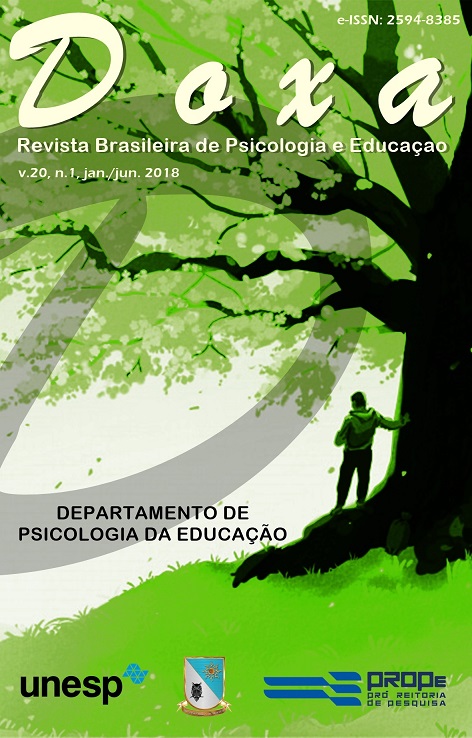What body is this? The process of subjectivation in the discursive construction of bodies in social networks
DOI:
https://doi.org/10.30715/rbpe.v20.n1.2018.11263Keywords:
Body, Social networks, Discourse, Deterritorialization.Abstract
This article presents the different effects of meaning produced by Internet users regarding the body in social networks. In the first place, a discursive and historical analysis of the multiple gestures of reading and interpretation on the body in different cultures was carried out. In a second moment, with Pierre Lévy and Gilles Deleuze, the text unfolds to reflect the processes of subjectivation to which the virtual body passes in the transmission of social networks from the advent of new digital technologies.Downloads
References
BRANDÃO, J. de S. Mitologia Grega. Petrópolis: Vozes, 2001.
DELEUZE, G.; GUATTARI, F. Mil Platôs: capitalismo e esquizofrenia. v. 3. São Paulo: Editora 34, 2004.
LÉVY, Pierre. O que é o Virtual? São Paulo: Editora 34, 2011.
SANT’ANNA, D. B. Políticas do corpo. São Paulo: Estação Liberdade, 1995.
.










